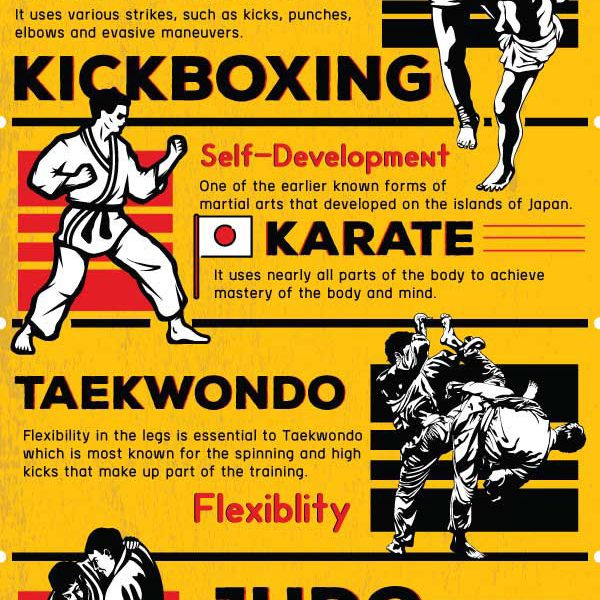Exploring The Differences In Between Conventional Martial Arts And Contemporary Battle Sports
Exploring The Differences In Between Conventional Martial Arts And Contemporary Battle Sports
Blog Article
Team Writer-McGinnis Snedker
When you think about martial arts, do you lean extra towards the conventional techniques or the contemporary fight sporting activities? Each path provides unique advantages and experiences, formed by their viewpoints and training approaches. Standard martial arts highlight personal growth and discipline, while contemporary fight sporting activities concentrate on competition and efficiency. Comprehending these distinctions can assist you in picking the best technique for your trip. Yet how do these distinctions materialize in training and ideology?
The Approach and Background Behind Typical Martial arts
While many individuals connect martial arts with physical combat, the philosophy and history behind typical martial arts run much deeper. You'll locate that these disciplines stress personal growth, self-control, and respect.
Stemming from ancient practices, typical martial arts were commonly created for Self-Defense and spiritual growth. They symbolize concepts such as equilibrium, consistency, and self-discipline, assisting experts beyond mere fighting abilities.
As you educate, you'll not just learn techniques however likewise gain understandings into the society and values that shaped these arts. The routines and traditions, frequently given via generations, cultivate a sense of area and belonging.
The Competitive Nature of Modern Fight Sports
Modern combat sporting activities have changed the landscape of martial arts into an extremely affordable arena, where professional athletes face off in a test of ability, technique, and endurance.
You'll notice that competitions are commonly arranged with strict guidelines and policies, making sure justice and safety. These occasions draw in large target markets, sustaining the exhilaration and intensity of competitions.
https://variety.com/2022/tv/global/warnermedia-kids-family-teamto-jade-armor-1235220845/ educate rigorously, not just for physical expertise yet likewise for mental toughness, understanding that every information counts in the ring. https://sergiozekot.blogthisbiz.com/41265115/transitioning-from-self-defense-to-physical-fitness-anticipations-for-martial-arts-classes during competitors is palpable, as boxers press their limits to assert victory.
Followers value the athleticism and artistry entailed, making contemporary fight sports a thrilling spectacle that continues to evolve and captivate fanatics around the world.
Training Methods and Methods: A Comparative Analysis
The competitive ambience of contemporary fight sporting activities demands innovative training methods that vary substantially from traditional martial arts.
In contemporary training, you'll focus on specific methods, sparring, and conditioning, typically utilizing drills that mimic genuine battle scenarios. You'll see an emphasis on measurable efficiency and frequent competition to analyze your abilities.
On the other hand, typical martial arts focus on kinds, katas, and thoughtful teachings, usually stressing self-control and respect over competitors.
Training is generally much less intense and might involve repetitive practice rather than real-time sparring.
While both approaches construct ability and health and fitness, modern fight sports offer a more dynamic and adaptable training setting, preparing you for instant obstacles in the ring or cage.
Choose the course that straightens with your objectives and rate of interests.
Conclusion
In picking in between traditional martial arts and contemporary fight sports, it truly boils down to what you value most. If you're trying to find individual development, self-control, and a sense of area, standard arts might be your ideal fit. However if you grow on competition and real-time obstacles, contemporary combat sporting activities could be the way to go. Eventually, both courses provide unique advantages, so it's all about aligning your training with your individual objectives and passions.
